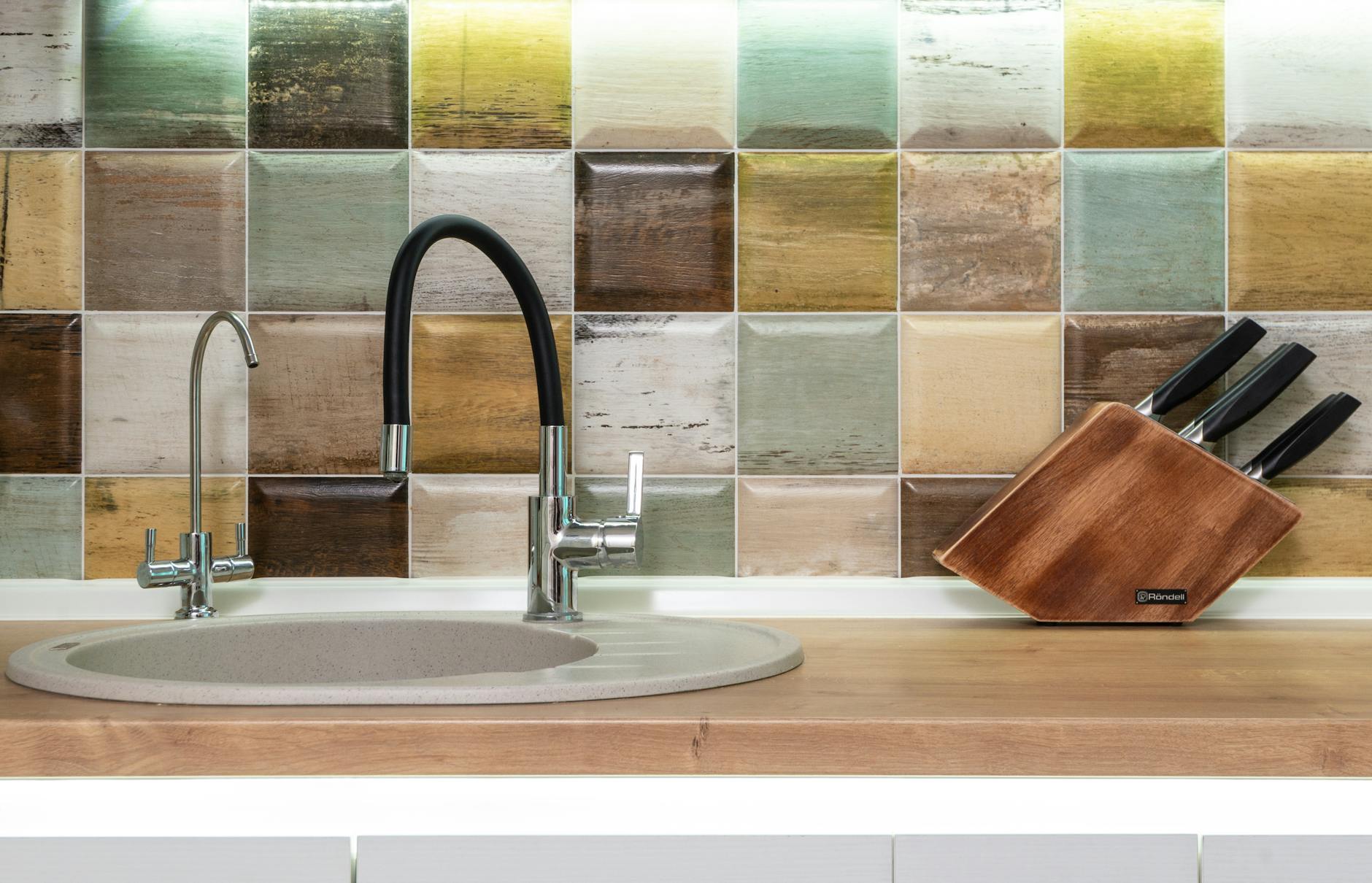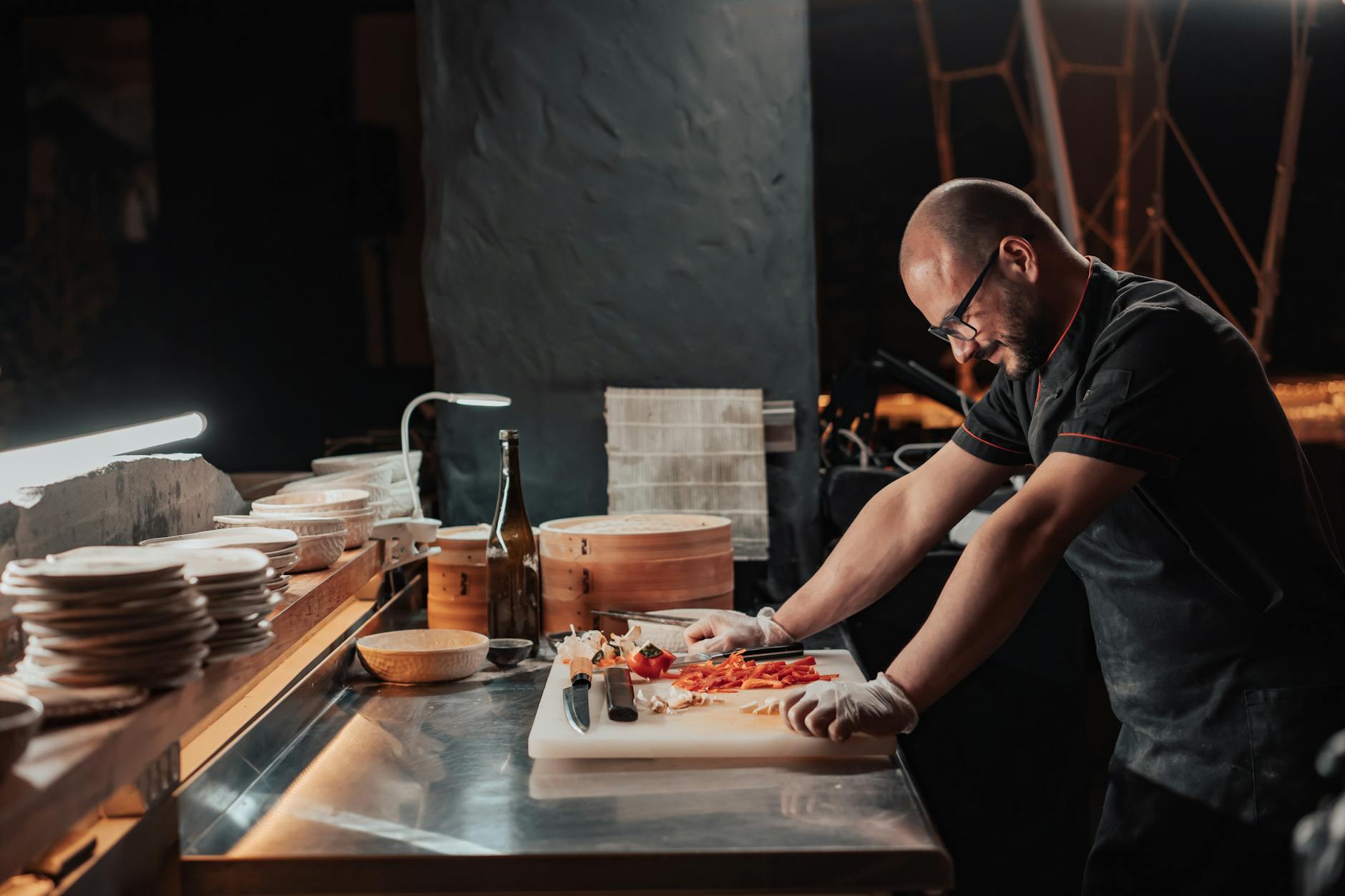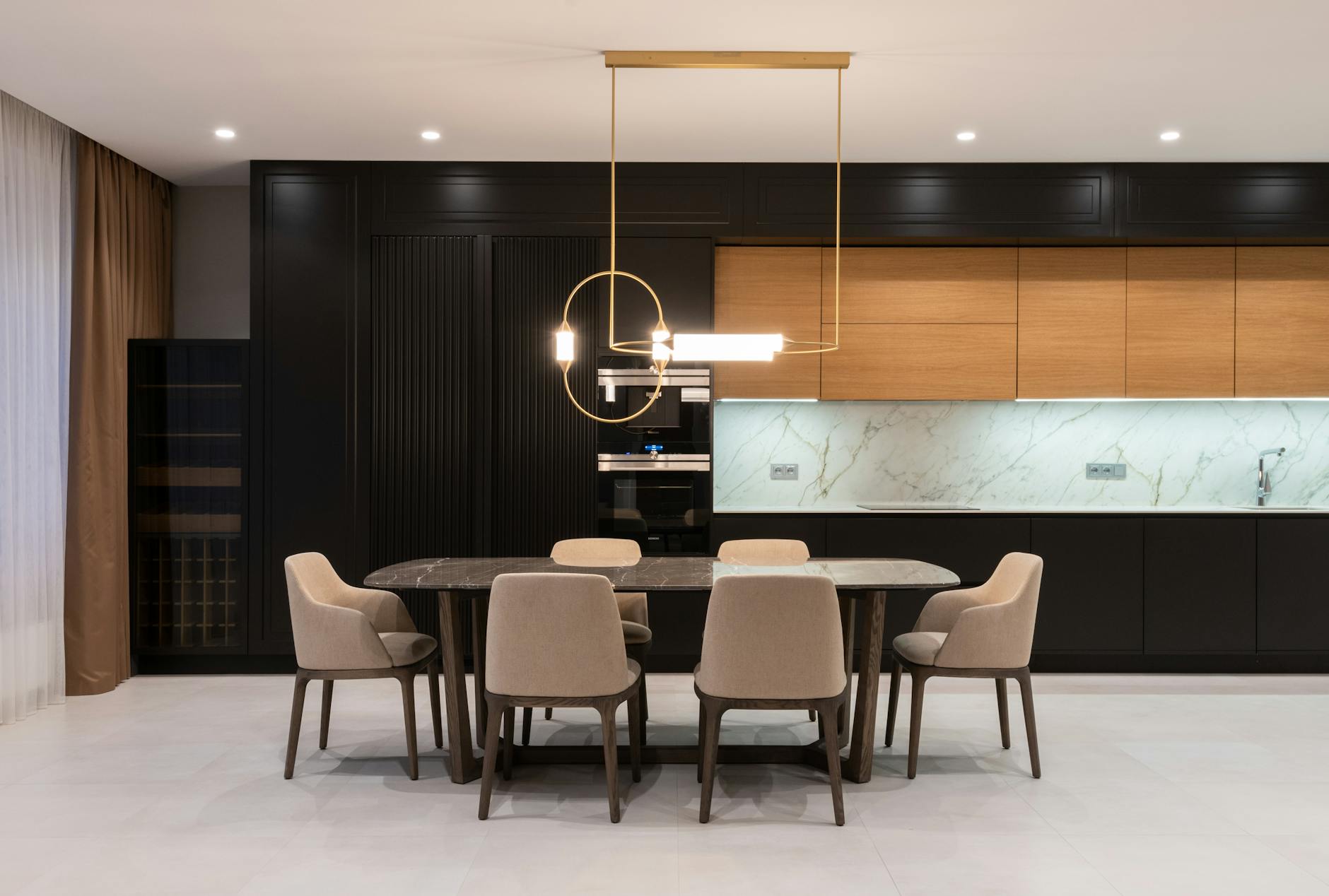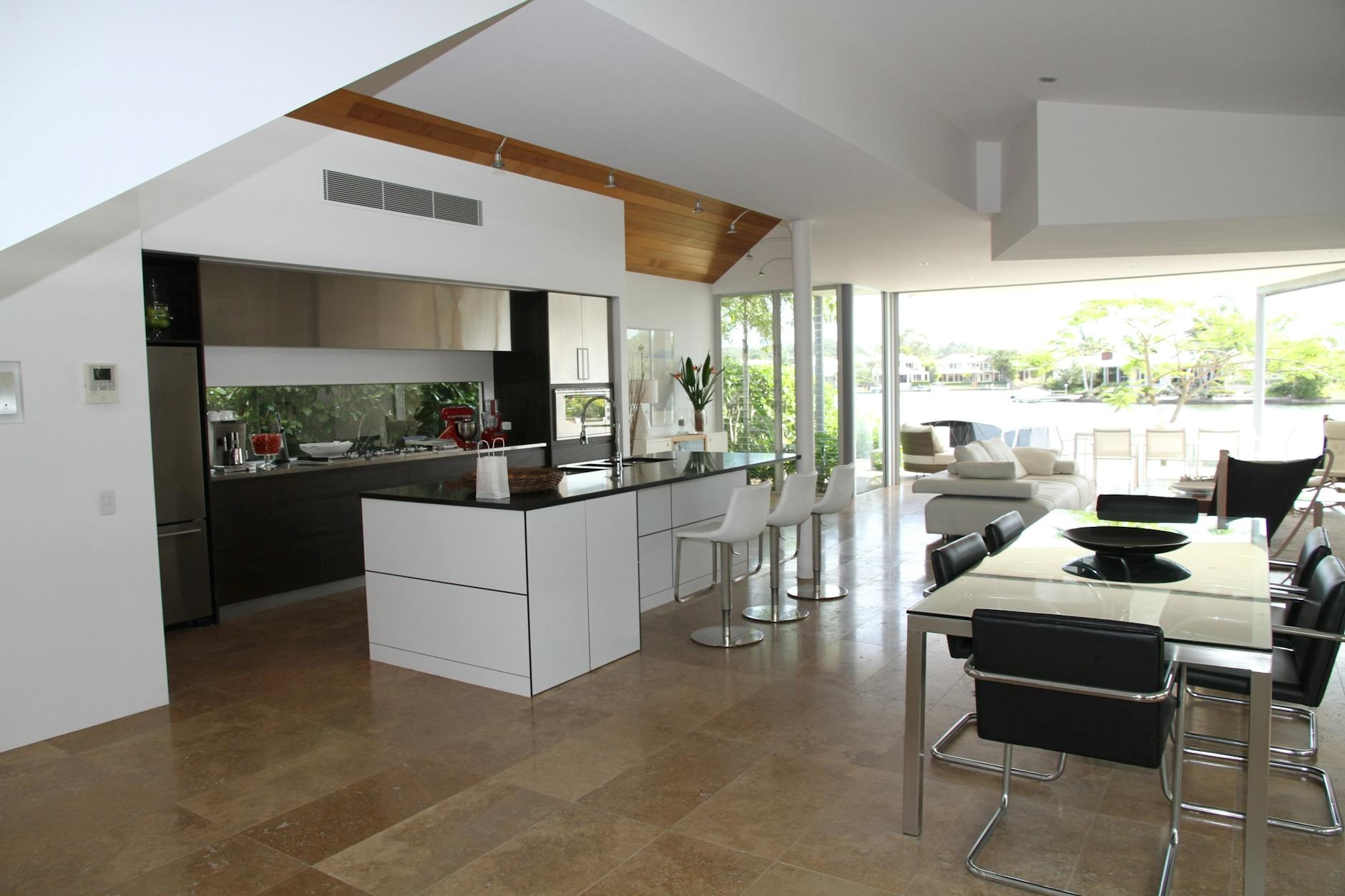Choosing the right flooring for your kitchen is a crucial decision that impacts both aesthetics and functionality. The kitchen is often considered the heart of the home, a space where meals are prepared, memories and conversations are made. The flooring you select plays a significant role in not only enhancing the visual appeal of your kitchen but also in providing durability and ease of maintenance.
There are various options available, each with its own unique characteristics and benefits. From classic hardwood to versatile tile, resilient vinyl to eco-friendly bamboo, the choices can be overwhelming. Selecting the most suitable flooring for your kitchen involves considering factors such as durability, water resistance, ease of cleaning, and, of course, style preferences.
The right kitchen flooring not only complements the overall design of your space but also adds value to your home. Whether you prioritize a sleek modern look, a cozy farmhouse style, or a timeless classic design, the flooring sets the foundation for the ambiance you wish to create. Additionally, functional aspects like slip resistance, stain resistance, and ease of maintenance are essential considerations when choosing kitchen flooring that meets your lifestyle needs.
In this blog post, we will explore the importance of selecting the right flooring for your kitchen and how it can impact the aesthetics, functionality, and resale value of your home. Understanding the significance of this decision will guide you in making an informed choice that aligns with your preferences and lifestyle.
Choosing the Best Kitchen Flooring
When it comes to selecting the ideal flooring for your kitchen, several factors should be taken into consideration, including durability, maintenance, style, and cost. Here, we’ll talk about different types of kitchen flooring materials that cater to various needs and preferences.
Durable Options
Durability is key in a high-traffic area like the kitchen. Ceramic tile, concrete, and natural stone tile stand out as excellent choices for kitchen flooring due to their robust nature. These materials can withstand the daily wear and tear of cooking activities, spills, and heavy foot traffic. Ceramic tiles come in a variety of designs and colors, making it easy to find an option that suits your style preferences.
 Photo by Max Vakhtbovycn
Photo by Max Vakhtbovycn
Low-Maintenance Choices
For those seeking easy-to-maintain flooring options in the kitchen, vinyl and laminate flooring are top contenders. Vinyl flooring is water-resistant, making it a practical choice for kitchens prone to spills and moisture. Similarly, laminate flooring is known for its simple upkeep and resistance to stains, providing a hassle-free cleaning experience. These options combine convenience with durability, which makes them popular among homeowners looking for low-maintenance solutions.
 Photo by Mikhail Nilov
Photo by Mikhail Nilov
Aesthetically Pleasing Selections
When style is a priority alongside functionality, hardwood, bamboo, and cork flooring offer a perfect balance of aesthetics and durability. Hardwood floors exude timeless elegance and can increase the visual appeal of your kitchen. Bamboo flooring, known for its eco-friendly properties, provides a unique and contemporary look. Cork flooring, with its natural warmth and cushioned feel underfoot, adds a cozy touch to the kitchen space. These materials not only enhance the overall look of your kitchen but also contribute to a welcoming ambiance.
By considering these durable, low-maintenance, and aesthetically pleasing choices, you can select the best kitchen flooring that aligns with your practical needs and design preferences. Each material brings a unique benefit, ensuring a blend of functionality and style.
Popular Kitchen Flooring Materials
Numerous materials offer a blend of functionality and style. Let’s explore some popular kitchen flooring options that can enhance the overall look and functionality of your cooking space.
Hardwood Flooring
Hardwood flooring exudes a timeless charm that complements various kitchen designs. Its warm and inviting appeal adds a touch of elegance to the heart of your home. Beyond aesthetics, hardwood floors are durable and can withstand heavy foot traffic, making them an excellent choice for kitchen floors.
Tile Flooring
Tile flooring, including ceramic and porcelain options, stands out for its versatility and durability in kitchens. Ceramic tiles come in a myriad of colors and patterns. Porcelain tiles are known for their strength and resistance to moisture, making them perfect for areas prone to spills and splashes.
 Photo by Max Vakhtbovycn
Photo by Max Vakhtbovycn
Vinyl and Laminate Flooring
Vinyl and laminate flooring are popular choices for kitchens due to their affordability, water-resistance, and easy installation. These materials offer a wide range of styles and colors, allowing you to achieve the look you desire without breaking the bank. Additionally, their low maintenance requirements make them a practical option for busy households.
Cork and Bamboo Flooring
For eco-conscious homeowners, cork and bamboo flooring present sustainable alternatives for kitchen spaces. Cork flooring is naturally antimicrobial and provides a soft underfoot feel, ideal for prolonged standing while cooking. Bamboo flooring, on the other hand, boasts a unique grain pattern and exceptional durability, making it a stylish and eco-friendly choice for kitchen floors.
Each kitchen flooring material comes with its set of advantages, so consider your priorities in terms of aesthetics, durability, and maintenance when selecting the perfect flooring for your culinary haven.
Maintenance Tips for Kitchen Flooring
Taking care of your kitchen flooring is essential to maintaining its durability and aesthetic appeal. Here are some practical maintenance tips to ensure your kitchen floor stays in top condition.
Regular Cleaning Routine
For different types of kitchen flooring, it’s crucial to establish a regular cleaning schedule. Here’s a breakdown based on flooring materials:
- Tile Flooring: Sweep or vacuum regularly to remove debris. Mop with a mild floor cleaner and water. Avoid harsh chemicals that can damage the grout.
- Hardwood Flooring: Use a damp mop for regular cleaning. Avoid excess water that can cause warping. Use wood-specific cleaners for deeper cleaning.
- Vinyl Flooring: Sweep or vacuum to remove dirt and debris. Clean with a mixture of water and mild detergent. Avoid abrasive cleaners that can scratch the surface.
- Laminate Flooring: Regularly sweep or vacuum with a soft brush attachment. Use a damp mop with a laminate floor cleaner. Avoid excessive water on laminate surfaces.
Preventative Measures
In addition to regular cleaning, implementing preventative measures can help protect your kitchen flooring from damage. Here are some suggestions:
- Use Rugs or Mats: Place rugs or mats in high-spill areas, like in front of the sink or stove, to prevent water damage or stains on the flooring.
- Furniture Pads: Attach felt pads to the bottom of furniture legs to prevent scratches and dents on hardwood or laminate flooring.
- Prompt Spill Cleanup: Quickly clean up spills to prevent stains and damage to the flooring. Use a damp cloth for immediate action.
By incorporating these maintenance tips into your kitchen care routine, you can preserve the longevity and beauty of your flooring for a long time.
 Photo by Max Vakhtbovycn
Photo by Max Vakhtbovycn
Conclusion
Choosing the right flooring for your kitchen is a crucial decision that can significantly impact its functionality and aesthetics. By taking into consideration factors such as durability, maintenance, style, and budget, you can select a flooring option that best suits your needs.
From classic hardwood to trendy luxury vinyl, the market offers a wide range of choices to cater to various preferences and requirements. It’s essential to weigh the pros and cons of each type of flooring before making a final decision. Additionally, seeking professional advice from interior designers or flooring experts can provide valuable insights to help you make an informed choice.
Remember, the kitchen is the heart of the home, where memories are made, meals are prepared, and conversations flow. Ensuring that your kitchen flooring is not only visually appealing but also practical and long-lasting will contribute to a welcoming and functional space for you and your family to enjoy for years to come.

